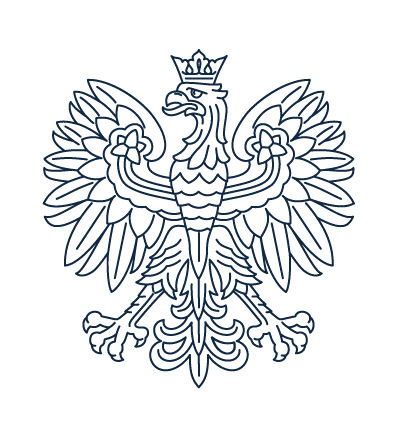1888 – 1946
February 1, 1888
Inauguration of the Conservatory of the Music Society in Kraków.
“The ceremonial opening of the Music Conservatory began with a service at the St. Anne’s Academic Church at 10 a.m.(…) Among the guests were members of the Music Society with its director Szlachtowski, president of the city of Kraków,(…) Director W adys aw Żeleński, professors of the new institution, music lovers and the Conservatory’s students.(…) A large audience, deeply interested in our institution, filled he church. During the service we could hear the mixed choir of the Music Society under the baton of Mr. Barabasz. (…) After the service the entire procession headed towards the building of the Music Society where opening ceremony was to take place.“
(Czas [Kraków daily newspaper] of February 2, 1888 No. 27, cited in: T. Przybylski, Z dziejów nauczania muzyki w Krakowie od średniowiecza do czasów współczesnych, Musica Iagellonica, Kraków, 1994, pp. 55-56)
1888-1921
Director – Władysław Żeleński, composer, pianist and teacher
1888-1914
• Initially the school had three departments: instrumental department (piano, organ, violin, cello, harp, double bass and wind instruments), vocal department and the department of music theory. The most popular among the students was the class of piano.
• The Conservatory was located at 3 Szczepański Square and then – from 1905 – at the Teatr Stary [The Old Theatre] building.
1914-1921
• The number of students and teachers diminished due to the outbreak of World War I.
• The Conservatory was moved to a building at 28 Al. Krasińkiego.
1921 – 1928
Director – Wiktor Barabasz, conductor, pianist, teacher
• The Conservatory was given back the Teatr Stary building
• Eminent teachers joined the faculty of the Conservatory: pianists (W. Łabuński, S. Czerny, E. Loeger-Petersowa, K. Drozdowska-Treterowa, O. Martusiewicz) and violinists (J. Chmielewski, L. Bobilewicz, A. Peters)
• Opera course led by K. Kniagin
• The formation of the class of rhythmics (1927)
1928-1938
Director – Michał Julian Piotrowski, music theoretician and teacher
• The increase in importance of theoretical subjects and courses owing to the versatile pedagogical activity of the Conservatory’s director
• Formation of new classes: wind instruments, percussion (1929), composition and opera class (1930)
• Formation of students’ symphonic and wind orchestras (1929)
• Staging of P. Mascagn’s Cavalleria Rusticana
• A dispute between the Director of the Conservatory and its Board that ended with Piotrowski’s resignation
1938-1939
Director – Bolesław Wallek-Walewski, composer, conductor and teacher
Financial and personnel difficulties
1939 – 1945
For the period of the Nazi occupation during the Second World War the Conservatory was officially closed and began its underground activity.
“Despite the lack of permission from the Nazi occupation authorities, some teachers began classes with a small number of students at the still available school. The occupying forces tolerated the situation for some time, until one winter morning – February 5, 1940 – Gestapo troops appeared in all music schools in Kraków. All the equipment was confiscated and the classrooms sealed. Pianos and other instruments as well as the library collection and archives were taken away. Music schools ceased to exist.”
(120 Years of the Academy of Music in Kraków, ed. L. Polony, Academy of Music in Kraków, 2007)
August 31, 1945
The conservatory was reopened as the State Conservatory in Kraków. Among the faculty members were both former teachers of the Conservatory and academic teachers who found refuge in Kraków during the war.
February1, 1946
The Conservatory became the State Higher School of Music.






